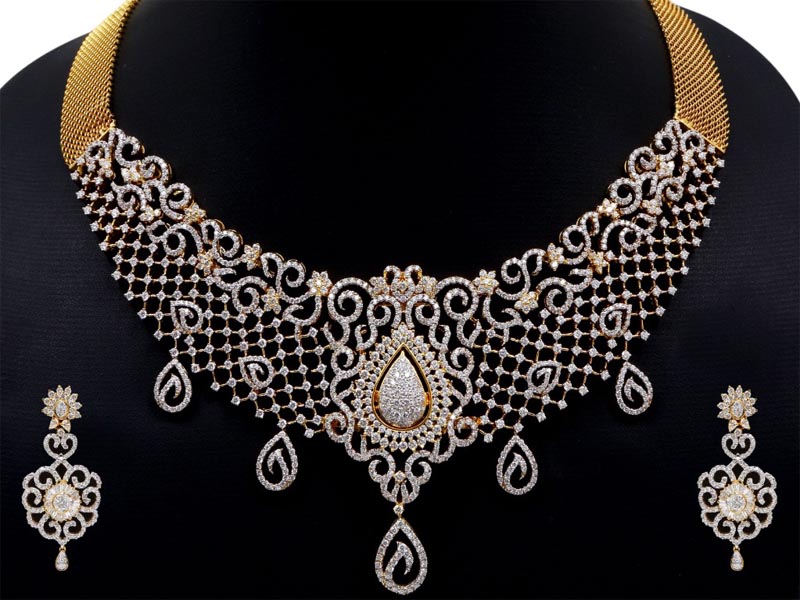The Art of Buy & Deal: A Modern Approach to Smart Shopping and Negotiation
In an increasingly consumer-driven world, the act of buying and dealing transcends mere transactional exchanges. It is an intricate dance of desires, negotiation, and strategy—one that stretches far beyond the basic principles of acquiring goods or services. Whether you are a seasoned shopper looking to maximize value or a businessperson seeking mutually beneficial arrangements, mastering the art of “buy & deal” is an essential skill in navigating today’s dynamic marketplaces.
The phrase “Buy & Deal” encapsulates two primary aspects of commerce: purchasing and negotiating. While buying is typically viewed as the act of exchanging money for goods or services, dealing involves a more complex, often nuanced process where terms are not fixed but open to discussion and modification. In this article, we will explore how these two elements—buying and dealing—intersect and how one can sharpen their abilities in both areas to cultivate a more informed, strategic, and satisfying approach to consumerism.
Understanding the Foundations: What Does “Buy & Deal” Mean?
At its core, the concept of “Buy & Deal” refers to the fusion of purchasing power with the art of negotiation. Buying is an everyday activity, something that we all engage in regularly, whether we are at the supermarket, shopping for clothes, or acquiring technology. However, the “deal” component elevates the experience from simply paying for a product to engaging in a dialogue with the seller that can influence price, terms, delivery, and even the final product or service itself.
In a world driven by competition and consumer choice, dealers, whether they are vendors, retailers, or business owners, often offer room for negotiation. From the art of haggling at a local market to corporate procurement negotiations, the ability to secure a better deal requires skill, tact, and an understanding of both the market and the counterpart’s motivations. Knowing when to push for a better price, when to bundle products, or even when to walk away from a deal is critical for getting the most value for your money.
The Psychology Behind Negotiation: Why Deals Matter
The psychological aspect of buying and dealing cannot be overstated. While buyers might be driven by the need to acquire goods or services, they are often also influenced by emotions, perceptions of value, and a desire for a good deal. Likewise, sellers are equally motivated by the need to close a deal, which often means finding a middle ground where both parties feel satisfied.
One critical element to consider in this psychological dance is the concept of perceived value. A skilled negotiator understands that a “deal” is not always about the final price tag. Instead, it is about how the terms of the deal are framed. A buyer might feel as though they’ve secured a great deal when they receive extra perks—free shipping, an extended warranty, or even added services that make the purchase feel more advantageous. Likewise, sellers can offer these incentives to create the illusion of a bargain, even when the price remains largely unchanged.
Additionally, the power dynamics in negotiation play a crucial role. A person who feels like they are in control of the situation—whether they are the buyer or the seller—often walks away from the exchange with a sense of victory. For buyers, this could mean gaining a discount through clever negotiation or securing exclusive rights to a product before it hits the market. For sellers, it could mean retaining a profitable margin while fostering customer loyalty and long-term relationships.
Tactics for a Successful “Buy & Deal” Strategy
For consumers, understanding and employing effective negotiation tactics can lead to significant savings and enhanced satisfaction. Here are a few strategies that anyone can use when engaging in the art of buying and dealing:
-
Do Your Research: Knowledge is power when it comes to negotiating. Before purchasing any product, especially high-ticket items, invest time in understanding its market value, including the standard price range, available alternatives, and any current promotions or discounts. Familiarize yourself with the seller’s position—whether they are dealing with inventory they need to move or whether they are holding a premium item with limited availability. This research will arm you with the information needed to negotiate confidently.
-
Bundle Purchases: When shopping for multiple items, bundling can often lead to discounts or additional perks. By combining purchases, you may be able to leverage the total order to receive a better deal than if






